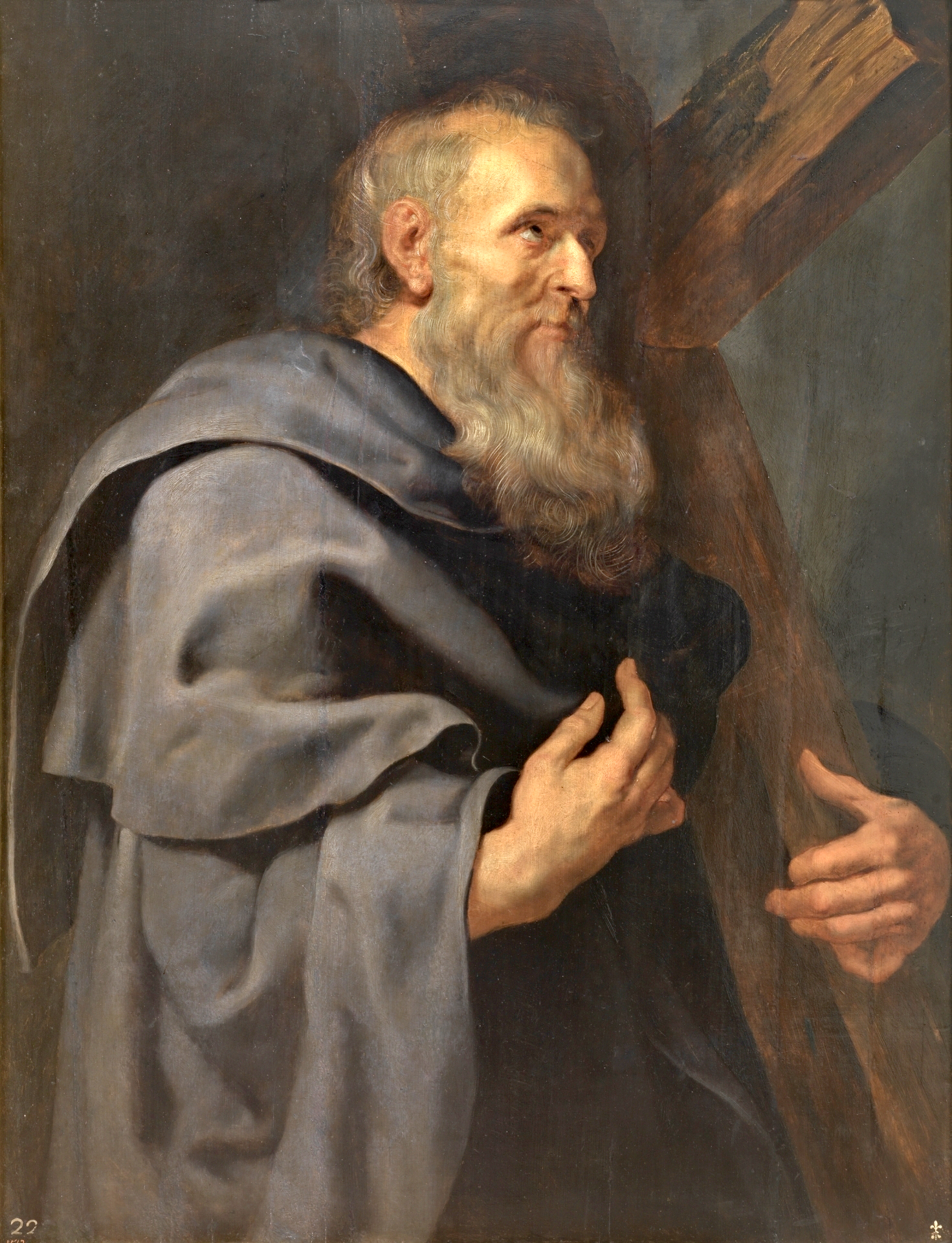
Early Christian sites in Turkey
Turkey Cultivates Sites of Its Christian Heritage
By Susanne Güsten – May 4, 2011 – NY Times
Alaşehir, Turkey — “Knapsacks shouldered and bibles in hand, a group of Christian pilgrims…trooped into the remains of a fourth-century church in ancient Philadelphia last month. Gazing up at the columns that tower over what is today the Turkish market town of Alasehir, the pilgrims listened as their Australian guide read from the Apostle John’s letter to the early Christians of this city, one of the biblical Seven Churches of Revelation.“
Turkey has discovered Anatolia’s Christian heritage as a way of drawing visitors and of cultivating an image as a meeting-point and arbiter of civilizations.
“‘We have recognized this as a special field of tourism and as a special cultural wealth,’ the Turkish culture minister, Ertugrul Gunay, said in an interview in Ankara. By next year, his ministry aims to increase the number of religious tourists to Turkey to more than three million, from 1.3 million last year.”
The Seven Ecumenical Councils met in Asia Minor, what is now Anatolia, Turkey
The Seven Ecumenical Councils that shaped the basic tenets of the Christian faith were all held on what is now Turkish soil; two in Nicaea in what is now the small northwestern town of Iznik, three in Istanbul, one in Ephesus in western Turkey and one in Chalcedon, the modern-day Kadikoy district of Istanbul on the Asian shore of the Bosphorus. A case in point is the ancient metropolis of Laodicea, in southwestern Turkey, where archaeologists unearthed a spectacular church dating to the early fourth century.
Centuries-old church unearthed in Muğla (August 10, 2011 – Hurriyet Daily News)
“This is one of the oldest churches in the world to survive in its original state,” (1,675 years old) said Celal Simsek, the archaeologist who is leading the excavation team… “When the 10 most important archaeological discoveries of the 21st century are totted up one day, this church will definitely be on the list.”
Mr. Simsek dates the construction of the church to between 313 and 320 A.D., immediately after the Edict of Milan, by which Emperor Constantine I of Rome proclaimed religious toleration in the Roman Empire in the year 313.

Ancient Church unearthed in Muğla, Turkey
“We found a church made in 325 B.C., and we discovered that this church was destroyed and made again from the ruins,” said Bilal Söğüt, a scholar at Pamukkale University Archaeology Department in the nearby province of Denizli. “We plan to reveal the details of the church as soon as possible and then we will open it to public view.” In addition to the church, recent excavations in the area have unearthed a number of archaeological treasures, including a 2,500-year-old sewage system, an ancient theater and ancient houses.
And in yet another amazing historical discovery of Christian settlements and travellers in Anatolian Turkey; Jesus’ apostle’s tomb unearthed in Turkey
(July 27, 2011 – Denizli, Turkey – Doğan News Agency)

Apostle Philip
An Italian professor has announced the apparent discovery of the tomb of St. Philip, one of Jesus Christ’s apostles, at the ancient city of Hierapolis in the Aegean province of Denizli.
“The discovery of the grave of the biblical saint, who was killed by the Romans 2,000 years ago, will attract immense attention around the world“, said Francesco D’Andria.
St. Philip, one of the 12 apostles, came to Hierapolis 2,000 years ago to spread the Christianity before being killed by the Romans, the professor said.

